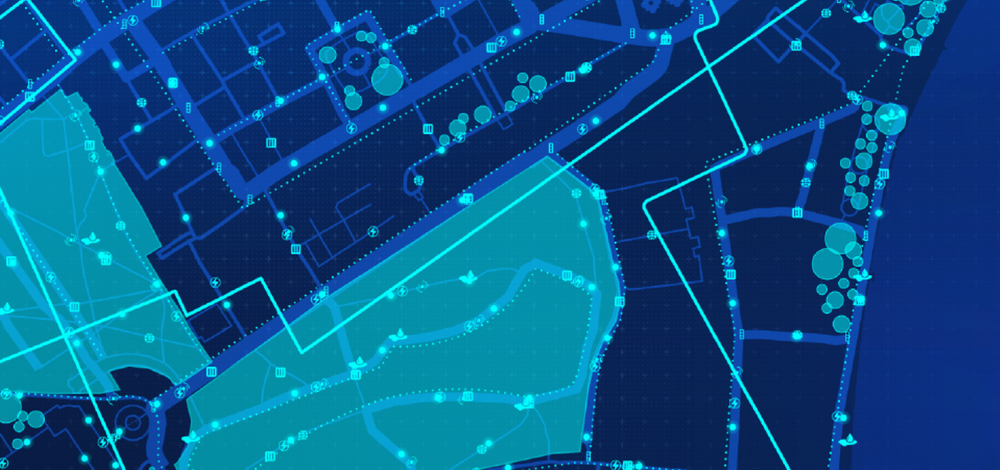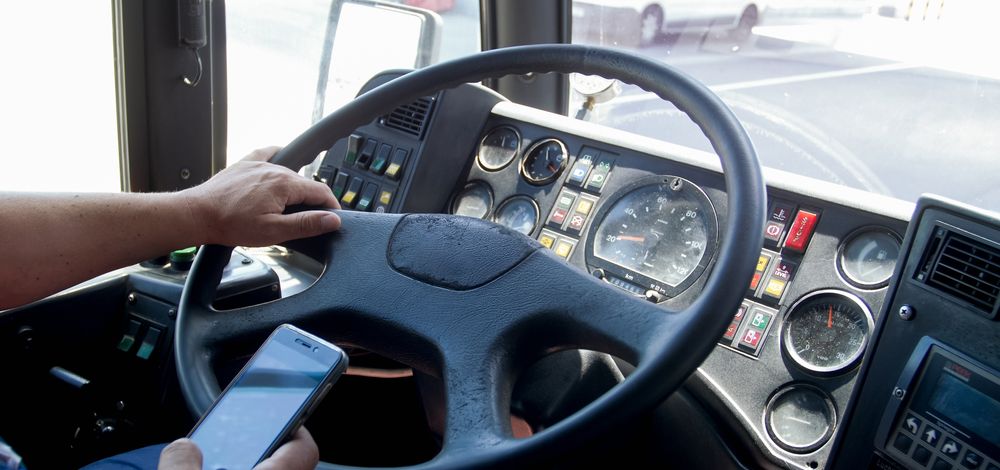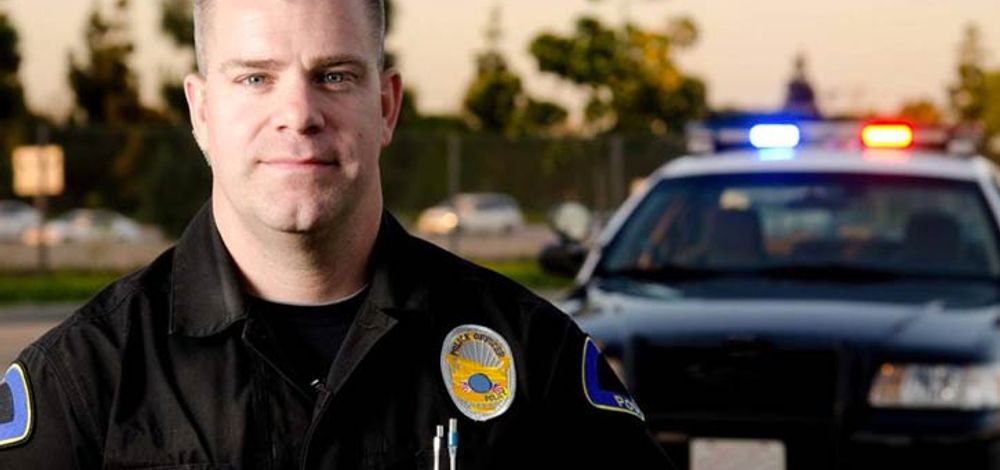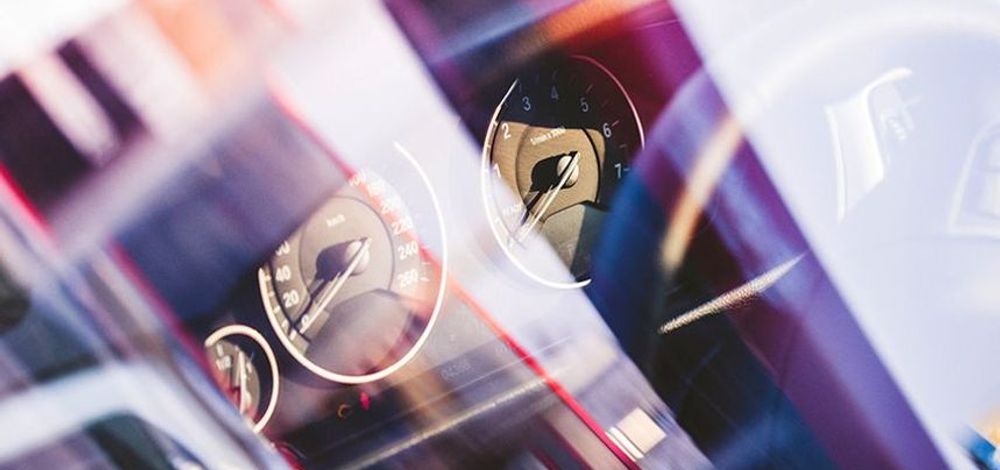
Which city streets pose the greatest danger to drivers, pedestrians, and cyclists, and why those places in particular? Municipalities and fleets are seeking answers to these questions.
Eager to identify potential collision “hot spots,” road safety officials are turning to the Mobileye® Shield+™ collision-avoidance warning system. Mobileye Shield+ incorporates Mobileye’s already well-known lifesaving alerts:
- Forward Collision Warning (FCW) – Warns of imminent collision with a vehicle ahead.
- Headway Monitoring & Warning (HMW) – Warns if the distance from the vehicle ahead becomes unsafe.
- Lane Departure Warning (LDW) – Warns of unintentional deviation from the driving lane.
- Pedestrian & Cyclist Collision Warning (PCW)* – Warns of imminent collision with a pedestrian or cyclist ahead.
In addition to these alerts, Mobileye Shield+, which was designed for large vehicles traveling crowded urban roads, uses additional cameras to alert drivers to the presence of hard-to-see (or even impossible-to-see) pedestrians and cyclists in the vehicle’s blind spots.
But there’s more: of special interest to urban planners, Mobileye Shield+ incorporates built-in telematics, allowing users to identify potential collision “hot spots”, i.e. particular places in the city where collisions are more likely to occur. With this insight, planners can take proactive action toward improving road infrastructure in the places that most need it, law enforcement officials can more intensely supervise these areas, and drivers can receive special training in how to navigate these areas.
How is this done? The built-in telematics reveal at which locations driver alerts — near-misses — are most likely to be issued, and at what times of the day. Planners can then go back through this data to isolate places where alerts are frequently being triggered and try to identify – and deal with – any structural issues that may be contributing to this. For instance, if bus drivers are receiving a large number of PCW alerts at a certain point or on a certain street, officials can utilize this near-miss data to examine whether a bus stop is too close to a pedestrian crossing and address the problem.
Reducing risks not only saves lives, but it also encourages more sustainable forms of transportation which, in turn, reduces pollution and improves residents’ health, the OECD’s Safer City Streets initiative maintains. A pilot study of the effectiveness of Mobileye Shield+ in Washington State found that buses equipped with it experienced no rear-end collisions nor any collisions with pedestrians or cyclists. These buses showed a 58.5% potential reduction in vehicular and pedestrian claims compared to the fleet’s unequipped buses. Across the ocean in Spain, the Barcelona City Council said that the ability to isolate hazardous areas such as hotspots was a significant factor in choosing Mobileye Shield+ for city buses; as they wrote:
“[Shield+] enables us to gather information” because “the data collected from the Mobileye system can be managed, filtered and collected as the vehicle drives its route, with a view to establishing measures to prevent hazardous situations.”
Mobileye Shield+ is one of the most advanced hot spot mapping and collision avoidance systems for large vehicles on the market. It offers no less than the potential to save lives, both immediately through alerts and later through identification of potential “hot spots”.
For more information on how your city can locate potential collision hotspots, and pre-empt them, contact Mobileye.




